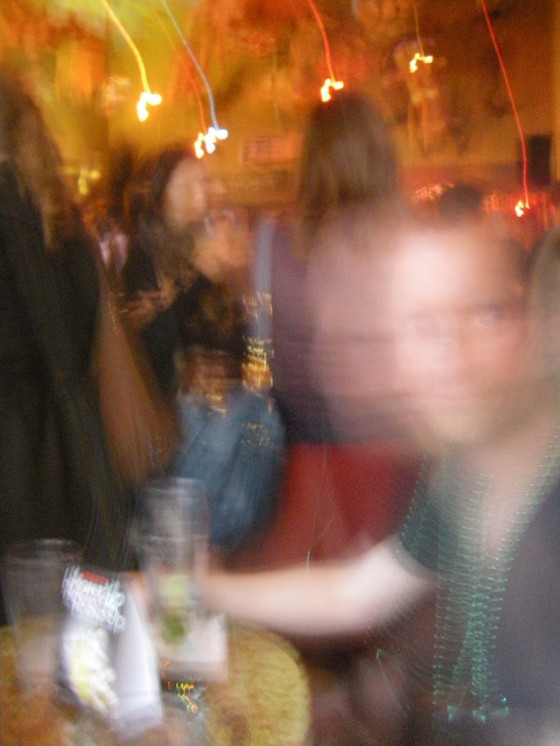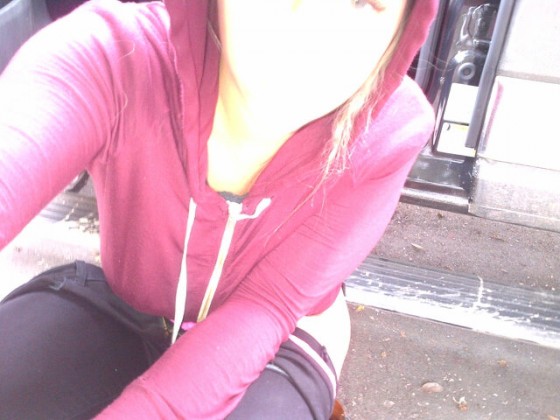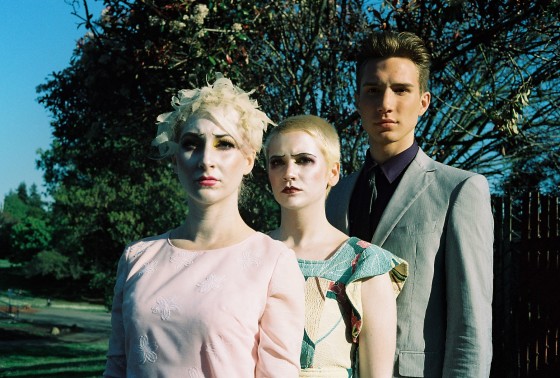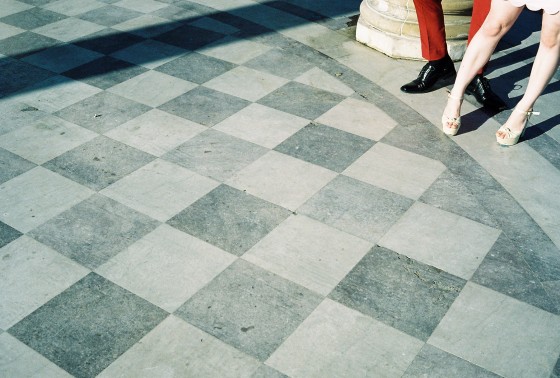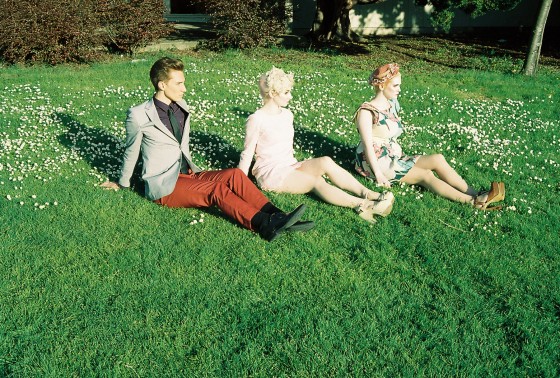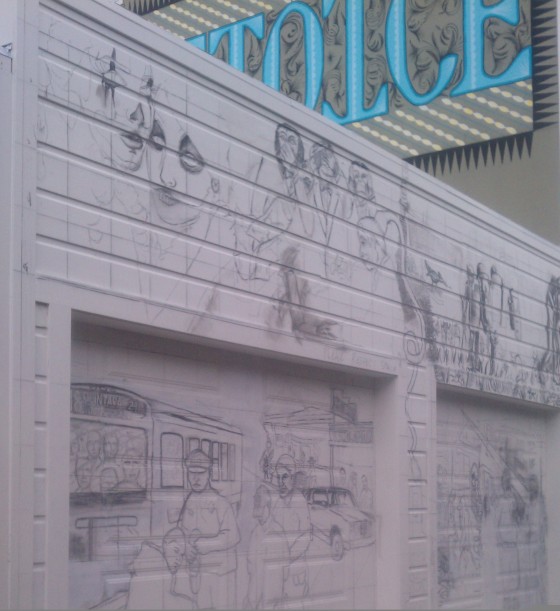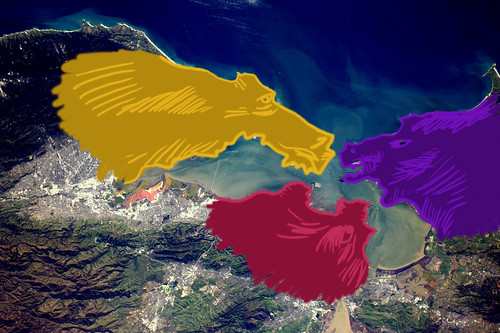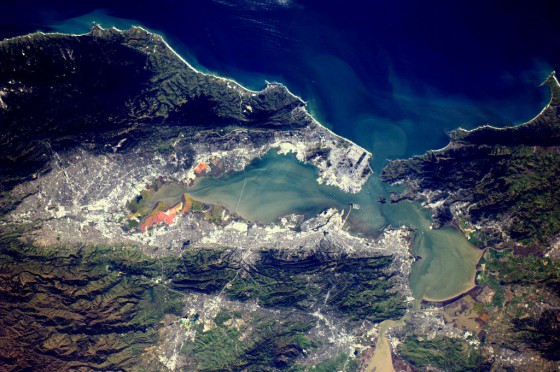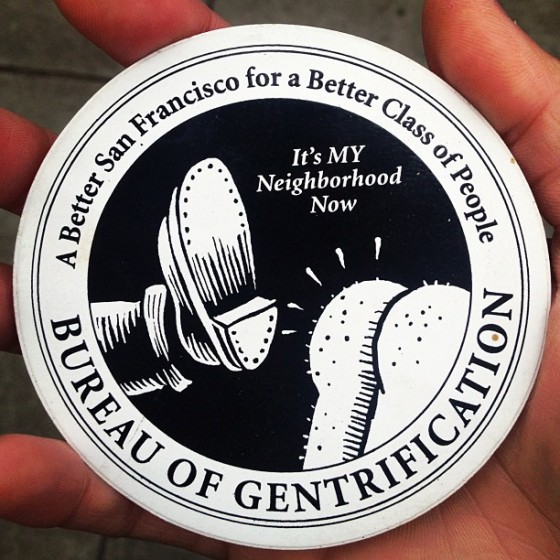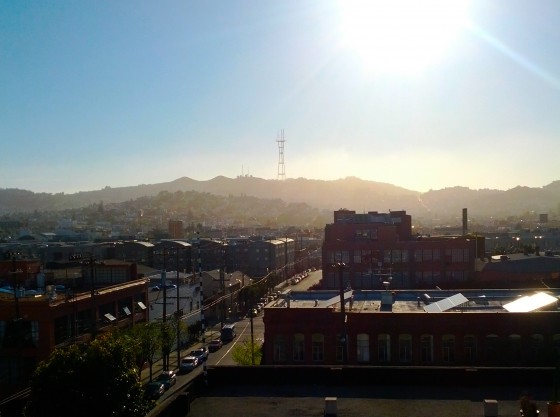
This is a comment by reader Lyle Lanley, left on yesterday’s post about gentrification. Enjoy!
I’ve been here since 1993. Nope, doesn’t make me an OG, but it’s a bit of time. Flew in, sight unseen. Stayed in an acquaintance’s basement for a few days, then pored over the Bay Guardian looking for an apartment (there was not only no craigslist, there was barely an internet). I found a room in a Guerrero two-bedroom for $330 a month.
This was when New Dawn occupied the Tokyo Go Go space, Elixir was part of the Jack’s empire, Casanova was an old Vietnam vet daytime bar, and a rice and bean burrito at La Cumbre cost $1.25. Laughing Hyenas at Kilowatt!
You’re probably expecting some things-were-better-then nostalgia to follow, but let me disappoint you. Things are better now. There are better drinks now. There is better coffee. There are breakfast/brunch choices that I wish we had (Boogaloo’s, New Dawn, and crepes used to be the only game in the neighborhood). The food is unbelievable. The only downside to the Mission today is that everything’s a little pricier than I want it to be, but that’s always true, isn’t it? No one has ever thought, “I live in a Golden Age of Prices.”
Something that I have heard weekly, daily, hourly in the past 20 years is howls about the gentrification that has just *ruined* the place. Yes, the folks worried about the Google buses on Guerrero, are not the first to worry about “losing the character of the neighborhood.” People bemoaned gentrification in the mid-90’s, they *really* got up in arms during the dot-com boom soon thereafter, and now, during the app boom (or whatever is driving the current rent increases), we’re hearing the cries again. But I’m not worried about it. Why? Two reasons. First, I don’t consider displacement of *businesses* gentrification. I’ll take a nice restaurant over a grimy donut shop any day, and there’s nothing crucial to the character of the neighborhood about having an “envio dinero” bulletproof plexi kiosk in every single storefront – every third one will be fine. So the economic development of the Mission – from artisanal cheese, to handmade clothing, to custom bikes, to fancy restaurants – doesn’t count as gentrification in my eyes. If it is, well, it’s the good kind.
What counts to me as gentrification is displacement of *people*. And that happens far, far less than the town criers suggest it does. It turns out that Prop. 13 (which caps property taxes) and rent control have done a spectacular job of keeping people in place. The family to the right of my apartment, the woman to my left, two entire buildings across the street – all are full of people who have been there for decades. If they’re renting, they’re renting at a rate they’ve been paying for years, and they can’t be evicted (yes, there are owner move-ins and Ellis Acts, but they are the rare exception, not the rule). If they own, they’re paying a few hundred a year in property tax, as opposed to some folks down the street paying over $10,000.
We have serious structural incentives in place to keep people in place, and they are working. So the folks out back who slaughter a couple chickens on the landing on special occasions aren’t going anywhere. The neighbors with thirty people in the backyard shouting at every punch thrown on the pay-per-view boxing match are settled in. The guy across the street who comes out of his family’s house drunk at 9 a.m., accosting passersby with, “I been here 40 years, born and raised,” will probably do that for another 40, unless his liver gives.
Are there problems with rent increases? Absolutely. Vacancy decontrol lets the apartments that become available shoot up to crazy levels. It’s going to be very difficult for people to come *into* the neighborhood unless they’re rich. I think I saw a $2700 one-bedroom down the street, and no kid fresh from college can rent that out and start working an entry-level job. But that’s true on the Lower East Side, too. The most desirable places are always going to be the most expensive. So there are barriers to entry, but nobody is being “pushed out.”
Demographically, the Mission today looks an awful lot like what it looked like 20 years ago. Economically, Farina employs a lot more people than the dormant bakery there before it (what was that place called?). It may be better than ever here.
Thanks, Lyle!
